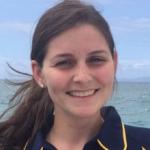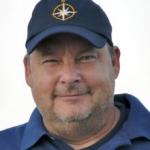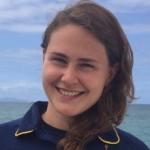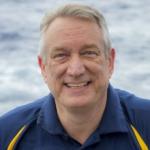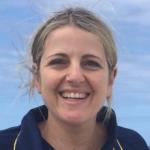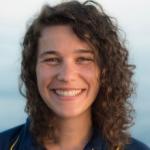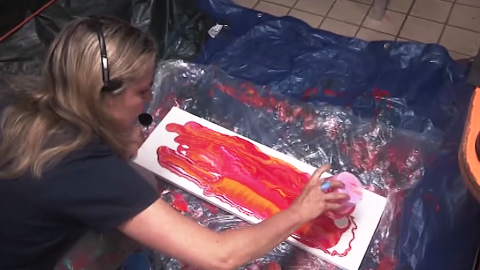For this leg of the expedition we will transit from Baltra to an area 1000 nm west of Colima, Mexico to international waters, where there are two sites of interest for seafloor mapping. E/V Nautilus will use its hull-mounted multibeam echosounder to survey each site and create a map to show the acoustically-derived bathymetry of the area.
Although only about 10% of our world’s oceans have been acoustically mapped, satellites equipped with altimetry sensors have been used to derive the bathymetry of the entire seafloor. The altimeters sense gravity anomalies of the sea surface that can be linked to topography (e.g. dip in the surface of the ocean over a trench). There is a tradeoff between bathymetry derived from altimetry versus shipboard acoustic sensors: multibeams map the seafloor at a high resolution and are accurate, but ships have only mapped about 10% of the seafloor. Whereas there is global coverage of altimetry-derived maps, but the resolution of these maps is low, and the correlation between depth and a gravity anomaly is non-linear (meaning there is more room for error in deriving bathymetry from these measurements).
Small seamounts are often not resolved using altimetry technology, and can pose a hazard to navigation. In 2005, the USS San Francisco struck an uncharted seamount in the Pacific Ocean, which was indicated in altimetry data. The Navy has identified locations where altimetry data suggests there is a seamount and has requested that these areas be mapped with multibeam sonars.


